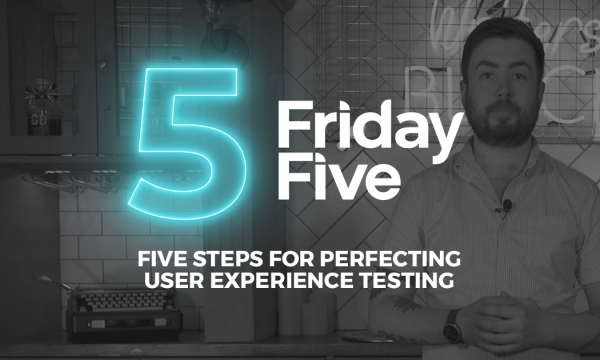Google Shopping Ads have grown to become an extremely effective way for ecommerce brands to get their products in front of their target customers, but prime search engine real estate comes at a price. As competition intensifies, particularly around peak promotion periods such as Black Friday, how can retail brands ensure that they are using their budget effectively, keeping CPCs low and margins high?
Google Shopping Ads have grown to become an extremely effective way for ecommerce brands to get their products in front of their target customers, but prime search engine real estate comes at a price.
As competition intensifies, particularly around peak promotion periods such as Black Friday, how can retail brands ensure that they are using their budget effectively, keeping CPCs low and margins high?
Click here to access all our Black Friday advice and insight
In this edition of Friday Five we look at five methods that you can use to ensure that you are getting the most from your Google Shopping ad campaigns, getting more from your budget and attracting those audiences that are going to convert into customers.
Fix your feed flaws
A good feed is essential to driving efficient results for your Google shopping campaigns. Without a detailed feed, Google cannot be certain which are the best search terms to show your Google shopping ads for.
This means that your ad may not be showing for the most relevant search terms and as a result you may not be getting the best performance.
Ensure to regularly check the hygiene of your feed and make regular updates so that is rich, with accurate and current data.
Optimise your custom labels
Custom labels are a key aspect of the shopping feed that allow you to segment your campaigns and prioritise products. The way you segment your campaigns helps to guide the way you optimise your Google shopping activity.
Align your custom labels with your wider business goals so you can segment your campaigns in the most impactful way.
In doing so you can then optimise your campaigns to key aspects such as margin and bestselling products.
Look at the full customer journey when attributing sales to Shopping spend
We often find that when shopping is the first touched channel, customers will often return and purchase via direct, so don't limit the potential of your shopping activity by only looking at last click revenue.
If you optimise towards last click only, you may end up pulling back in areas that will have a negative impact on other channels and this means that you are limiting your potential opportunities to engage new audiences.
Regularly review your first touch performance, as well as performance at every stage of the customer journey, so you can understand the true value of your shopping activity.
Overlay your audiences to reach those target consumers
Ensure you are reaching the right people by overlaying audiences with your Google shopping campaigns.
By overlaying audiences such as re-marketing lists, similar audiences and in-market segments, you can then optimise towards where we are seeing the most engaged users.
Frequently analyse the performance of your audiences so you are increasing visibility across the most engaged users and pulling back in areas where customers are not converting.
Test and refine
Testing a variety of ad formats allows you to understand what works best for your brand, whilst also building new audiences.
For example, showcase shopping ads allow you to increase visibility on generic search queries, whilst YouTube for Action is a great way of building awareness whilst also driving incremental sales.
As we get closer to peak season, test a combination of different ad formats, so you can see what works best for you whilst also driving an increase in reach and revenue.


